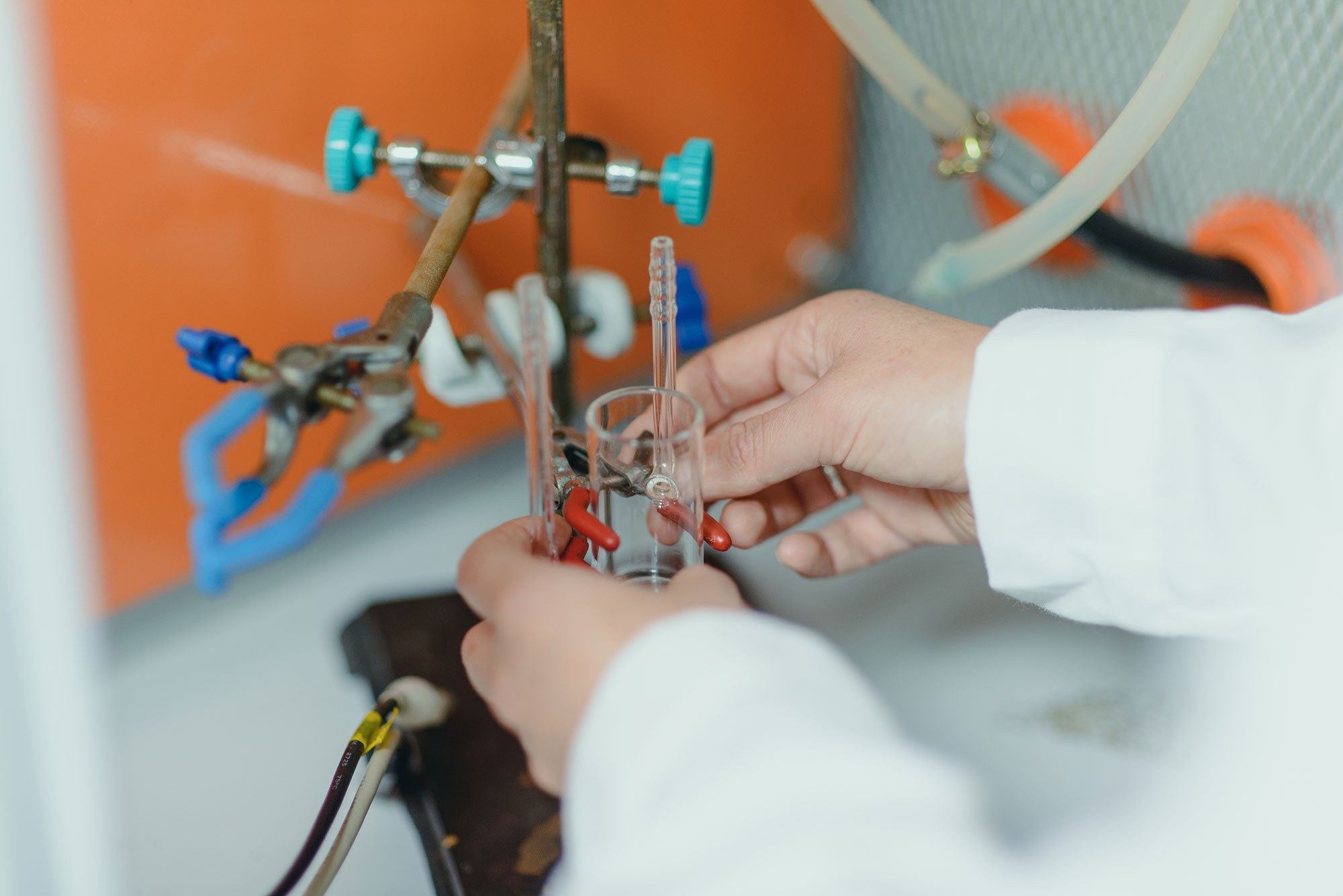de la Rosa Abad, J. A., Londoño-Calderon, A., Bringa, E. M., Soldano, G. J., Paz, S. A., Santiago, U., Mejía-Rosales, S. J., Yacamán, M. J. & Mariscal, M. M. (2021). Soft or Hard? investigating the deformation mechanisms of au–pd and Pd nanocubes under compression: an experimental and molecular dynamics study. The Journal of Physical Chemistry C, 125(45), 25298-25306. https://doi.org/10.1021/acs.jpcc.1c07685
Abstract: In the search for new mechanisms to improve and control the mechanical properties of nanostructures, the idea of tuning the strength through composition is appealing because of the extensive experimental availability of nanoparticles with segregated configurations, such as core–shell nanoparticles. However, not much is known about the deformation mechanism of these types of systems because of the lack of correlation between theoretical predictions and experimental observations. In this work, we investigate the atomistic mechanical response of Au–Pd core–shell and Pd nanocubes under indentation, using molecular dynamics simulations. These results are compared to experimental observations of in situ transmission electron microscopy (TEM) nanoindentation on similar nanoparticles. Our study resolves the nucleation of Shockley partial dislocations and their propagation in Au–Pd core–shell and single-crystalline Pd nanocubes. In the latter, Shockley partial dislocations originate at the cube corners and create stacking faults that propagate across the nanoparticle, creating the so-called V-shaped defects. In contrast, in Au–Pd core–shell nanocubes, nucleation starts at the semicoherent Au–Pd interface, where a network of misfits acts as dislocation storage, reducing the nanocube’s strength. We explore the effect of the core size and its function as a dislocation barrier for nanocubes of smaller sizes. Additionally, strain hardening was observed as the core size increased and, for the case of the largest core (Au30Pd70) at strain values above 20%, where a complex network of different types of dislocations, including sessile dislocations, is observed. Our results suggest a clear agreement between simulation and experiments, which points to a prom


